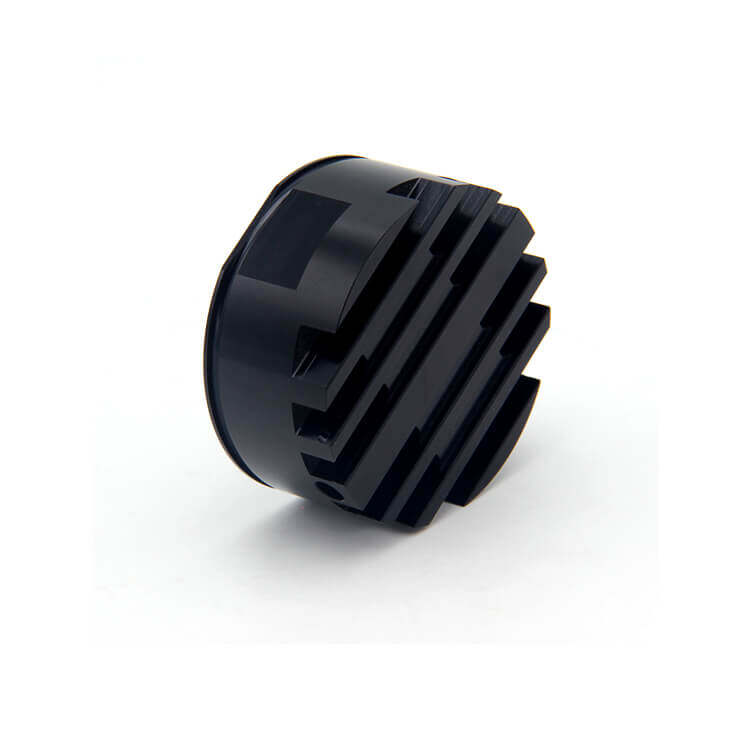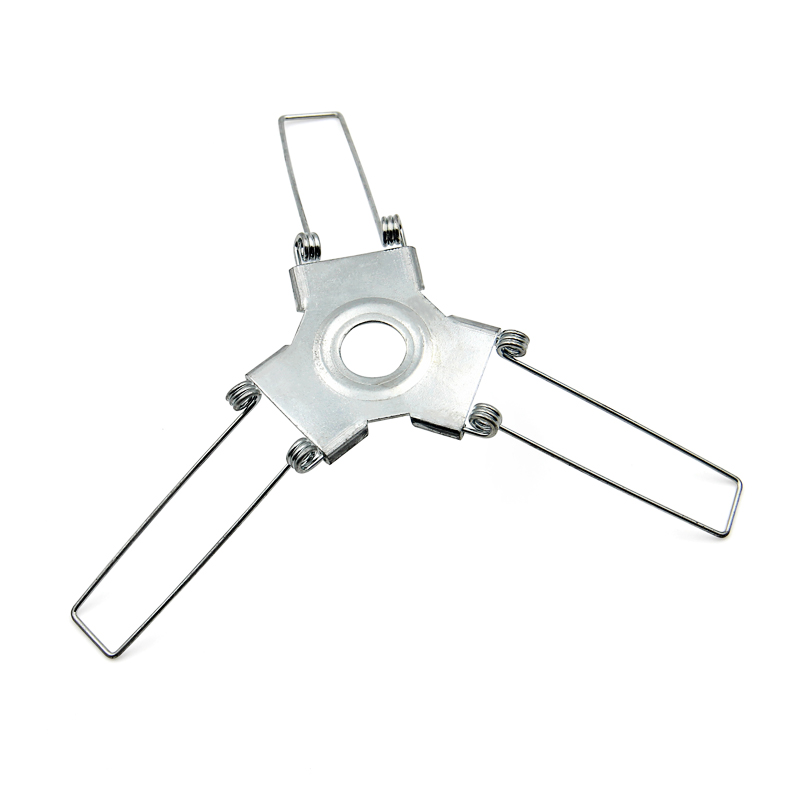As electronic devices become smaller, more powerful, and more complex, they generate an increasing amount of heat. Excessive heat can cause damage to electronic components and reduce their lifespan, performance, and reliability. This is where heat sinks come in. Therefore, when it comes to managing the heat generated by electronic devices, the aluminum heat sink is a popular and efficient solution. In this article, we'll delve into more details about the aluminum heat sink.
What is an Aluminum Heat Sink?
An aluminum heat sink is a passive cooling device designed to transfer heat from a hot surface (such as an electronic component) to the surrounding environment by increasing its surface area and facilitating heat dissipation through conduction, convection, and radiation.
How Does an Aluminum Heat Sink Work?
The working principle of an aluminum heat sink is to create a large surface area to facilitate heat transfer from the source to the surrounding environment. The heat is conducted from the hot surface to the heat sink, which then dissipates the heat by conduction, convection and radiation. The larger the surface area of the heat sink, the more effective it will be at dissipating heat.
Advantages of Aluminum Heat Sink
The aluminum heat sink offers several advantages over other materials and cooling solutions.
Lightweight For Different Applications
Aluminum is an excellent thermal conductor, lightweight, and corrosion-resistant, making it ideal for heat sinks. This lightweight material offers many benefits, including its perfect use in applications where weight is a concern. When it comes to cooling solutions, weight is often a crucial factor. The aluminum heat sink is up to 60% lighter than copper heat sinks, making them a perfect choice for weight-conscious applications such as laptops, mobile devices, and aerospace technology.
Cost-effective Manufacturing Process Saves You Money
Another advantage of using the aluminum heat sink is its cost-effectiveness. Aluminum is relatively inexpensive, and the processing technology used to manufacture the aluminum heat sink is also cost-effective. This cost-effectiveness makes the aluminum heat sink an attractive option for both small and large-scale manufacturing.
High Thermal Conductivity for Efficient Heat Transfer
Aluminum has a high thermal conductivity, meaning it can transfer heat quickly and efficiently. This makes it an excellent choice for heat sink applications, as it can rapidly draw heat away from the electronic device and dissipate it into the surrounding environment. With their high thermal conductivity, the aluminum heat sink can efficiently regulate the temperature of electronic devices, preventing them from overheating and causing damage.
Corrosion-Resistant Material for Durability and Longevity
Aluminum is also resistant to corrosion, making it a durable and long-lasting material for heat sinks. Corrosion can occur when heat sinks are exposed to harsh environments, such as high humidity or salty air. However, the aluminum heat sink can resist corrosion, ensuring they remain functional and effective for an extended period. This durability and longevity make the aluminum heat sink an excellent investment for electronic devices.
Factors to Consider When Choosing an Aluminum Heat Sink
When choosing an aluminum heat sink, several factors should be taken into consideration to ensure optimal thermal performance and compatibility with the electronic component.
Thermal Performance: The thermal performance of the heat sink is critical, as it determines how effectively it can dissipate heat. Thermal performance is influenced by several factors, including surface area, thermal conductivity, and airflow.
Physical Dimensions: The physical dimensions of the heat sink should be compatible with the electronic component and the available space in the device. The height, width, and length should be optimized to provide the maximum surface area without compromising the device's form factor.
Material Quality: The quality of the aluminum material used in the heat sink affects its thermal conductivity, durability, and corrosion resistance. High-quality materials should be used to ensure optimal performance and longevity.
Manufacturing Process: The manufacturing process of producing the heat sink can impact its cost, performance, and compatibility with the electronic component. The process should be selected based on the desired thermal performance, physical dimensions, and complexity of the heat sink.
Conclusion
The aluminum heat sink is an effective and efficient solution for managing the heat generated by electronic devices. They offer several advantages over other materials and cooling solutions. If you want more details about customized aluminum heat sinks, please feel free to contact us at info@aluminumlightingparts.com.
FAQs
What is the maximum temperature that an aluminum heat sink can withstand?
The maximum temperature an aluminum heat sink can withstand depends on the type and quality of aluminum used in its construction. Generally, aluminum can withstand temperatures up to 200-300 degrees Celsius.
Can aluminum heat sinks be customized to fit specific electronic components?
Yes, aluminum heat sinks can be customized to fit specific electronic components by adjusting the physical dimensions, surface area, and manufacturing process.
Are aluminum heat sinks compatible with all electronic devices?
Aluminum heat sinks are compatible with most electronic devices that generate heat, including CPUs, GPUs, power amplifiers, and LED lights.
Do aluminum heat sinks require maintenance?
Aluminum heat sinks require minimal maintenance, as they are designed to be a passive cooling solution. However, it's recommended to clean them periodically to remove dust and debris that may accumulate on the surface.
Can aluminum heat sinks be reused in other devices?
Yes, aluminum heat sinks can be reused in other devices as long as they are compatible in terms of physical dimensions, thermal performance, and manufacturing process.


.jpg)

